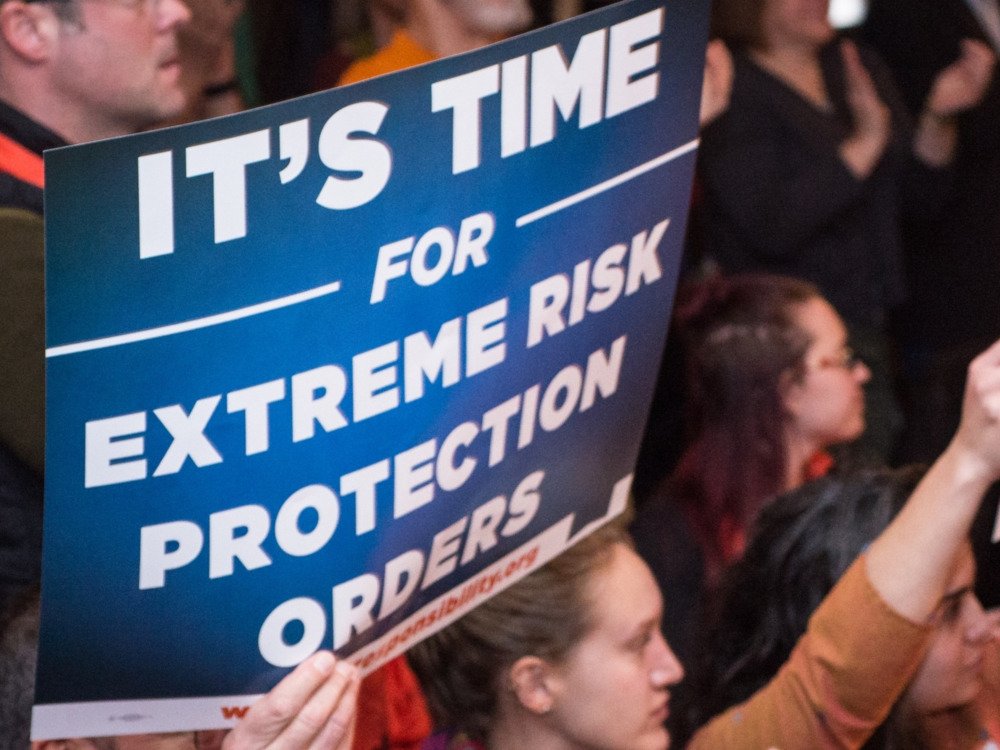By April M. Zeoli, Jennifer Paruk, Charles C. Branas, Patrick M. Carter, Rebecca Cunningham, Justin Heinze and Daniel W. Webster
We examined petition and respondent characteristics from extreme risk protection order (ERPO) cases in Oregon for the 15 months after implementation (n = 93). Most petitions were filed by law enforcement (65%) a were more likely to be granted than petitions filed by family/household members (p < 0.001). Most ERPO respondents were reported by petitioners to have histories of suicidality (73%) or interpersonal violence (75%), with over half of death threats, suicide threats, or suicide attempts with known timing occurring within 1 week of the petition being filed. Policy Implications: ERPO petitions and orders are overwhelmingly being used as intended, that is, specifically for cases of imminent risk of harm to self or others. Greater dissemination of public information about ERPOs may increase their appropriate use and the proportion of high-risk individuals and families who may benefit. Legal aid assistance for family or household members in filling out petitions is advisable.
United States, Criminology & Public Policy. 2021, 19pg


